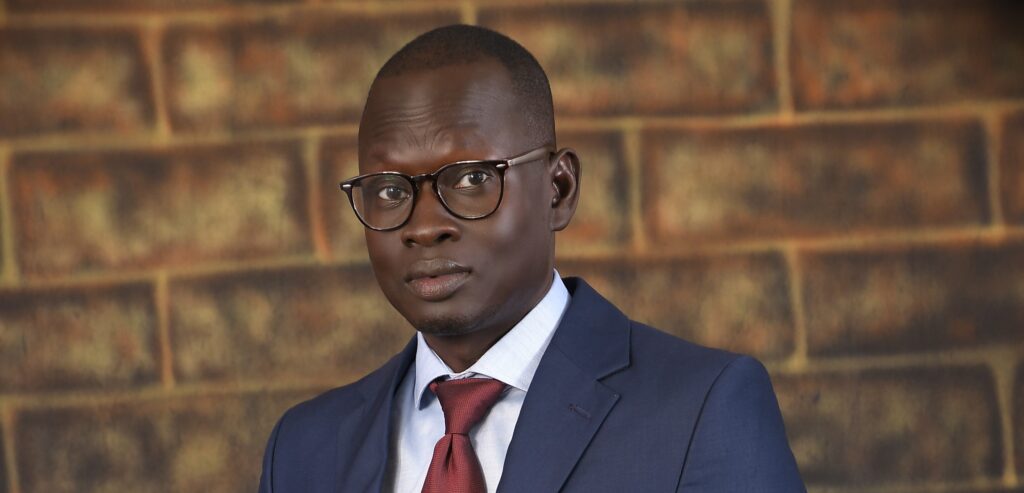Local media can promote wildlife conservation in South Sudan through a multifaceted approach that considers the region’s unique socio-political landscape and leverages diverse communication strategies. Given the challenges in South Sudan, including poor state capacity, chronic insecurity, and limited infrastructure, a strategic media engagement is paramount.
Such an approach should emphasize collaboration with traditional leaders, conservation agencies, and civil society actors to ensure that wildlife protection messages are contextually relevant, widely accessible, and capable of inspiring sustained public participation.
One of the primary steps involves leveraging radio, a widely accessible medium across Africa. Radio programs can be produced in local languages to ensure broad understanding and cultural relevance, which is vital for engaging communities that may not regularly encounter wildlife or conservation concepts. These programs can highlight the ecological importance of species like the African wild dog and cheetah, which require extensive habitats and are vulnerable to human encroachment, and explain the benefits of conservation, including ecotourism.
Secondly, visual storytelling through documentaries and short films, distributed via local media outlets or community screenings, can be highly impactful. Such content can convey complex conservation concepts, showcase the biodiversity of areas like the Sudd wetlands, and illustrate threats to wildlife, such as human-wildlife conflict involving the Nile crocodiles, which are perceived as significant threats by local fisherfolk and riverine communities due to attacks and resource competition. These narratives can also be used to depict successful efforts and inspire community participation, particularly in regions with lower literacy rates. The use of compelling narratives in media can significantly influence public perception and mobilize support for conservation.
Thirdly, incorporating social media platforms, where accessible, can amplify conservation messages and foster public awareness. While traditional media like newspapers are essential for reaching populations who do not frequently encounter wildlife, social media offers the potential for rapid dissemination and interactive engagement, enabling communities to share their perspectives and participate in conservation discourse. However, it is essential to manage the risks associated with social media, such as misinformation or sensationalism. Studies have shown that social media can increase pro-conservation behaviors among the public, generate funding, and influence policy changes when utilized strategically.
Fourthly, local media can play a vital role in framing wildlife conservation discourse that resonates positively with communities. Content framing influences audience perceptions, and a positive portrayal of conservation efforts can lead to greater community acceptance and participation. This involves moving beyond simply reporting on conflicts and poaching to showcasing the co-benefits of conservation for both wildlife and human well-being, such as through sustainable resource management or community-based initiatives.
Finally, collaborative efforts between media organizations, conservation groups, and local communities are essential. Media professionals can partner with local leaders and influencers to ensure that conservation messages are culturally sensitive and reflect local values and traditional knowledge. This collaborative approach ensures that media content is not perceived as an external imposition, but rather as an integral part of community development. The aim is to bridge the gap between conservation and the daily lives of the people. The geographical context of South Sudan, with areas such as the Badingilo National Park and the Sudd wetlands, underscores the importance of localized media efforts to address specific regional conservation challenges.
In conclusion, local media in South Sudan can be an indispensable tool for wildlife conservation by employing accessible formats such as local-language radio, engaging visual storytelling, strategically using social media, adopting a positive content framing, and fostering strong collaborations among the media, conservationists, and local communities.
This integrated approach, which emphasizes education and sensitization while addressing local concerns, is critical for achieving sustainable conservation outcomes in a challenging environment.
The overarching goal is to foster a shift from conservation efforts “against” or “for”; the people, to conservation “with”; and ultimately “by”; the people, ensuring that the benefits from wildlife provide direct incentives for local communities to be involved in wildlife management. This requires sustained efforts to build capacity and empower local stakeholders to lead and participate effectively in conservation initiatives.
Leek Daniel is a media specialist and development practitioner and can be reached via leek2daniel@gmail.com.
The views expressed in ‘opinion’ articles published by Radio Tamazuj are solely those of the writer. The veracity of any claims made is the responsibility of the author, not Radio Tamazuj.




